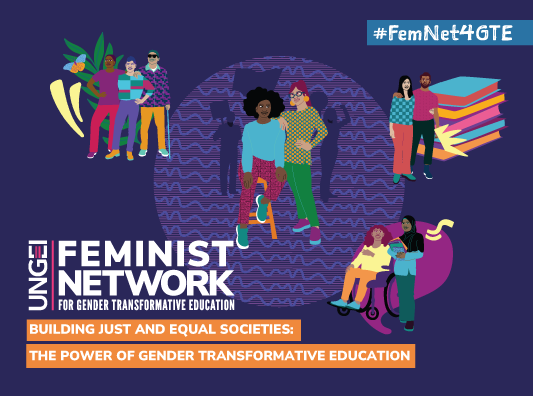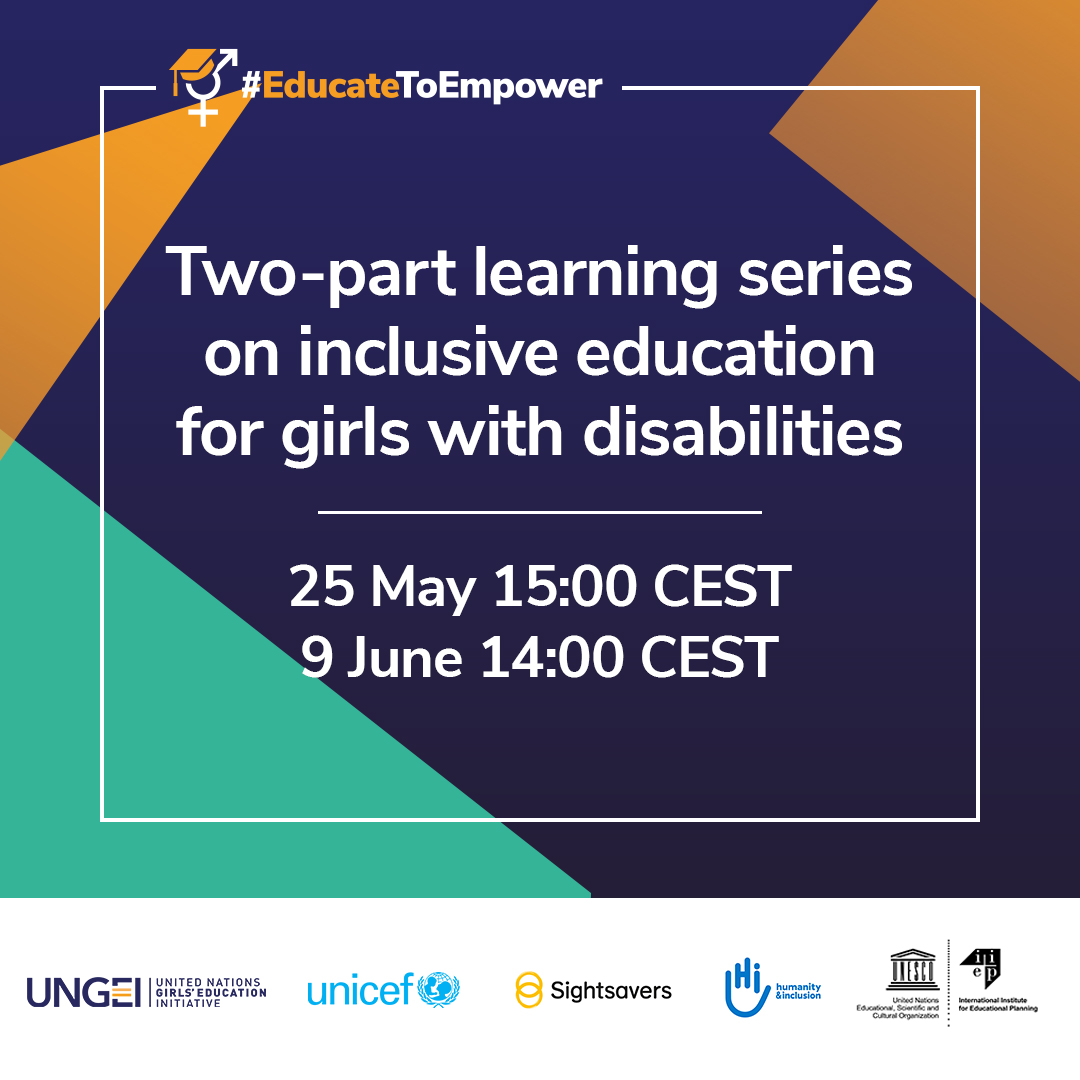Counting the zeros
World Bank reports cost of not educating girls as $15-30 trillion
A new World Bank report, Missed Opportunities: the high cost of not educating girls, documents the outcomes and monetizes the costs of low educational attainment among girls.
That the consequences of not educating girls are vast and dire is not news. For girls, failure to enrol in or complete schooling leads to a higher risk of being caught in a cycle of poverty, and with this, child marriage, early pregnancy, HIV/AIDS, social, economic and political exclusion and many other negative outcomes. By contrast, the benefits that accrue when girls can complete secondary education are well documented, and efforts to increase education access have led to significant progress in enrolment worldwide.
Yet, on average, girls’ levels of educational attainment remain lower than boys in many countries, and especially at secondary and tertiary levels. Globally, while nine out of ten girls finish primary school, only three in four complete lower secondary education. In low income countries, the situation is even worse. Less than two thirds of girls finish primary school, and only one in three complete lower secondary education.
It has long been acknowledged that when girls are unable to get the education they need a wide range of development factors are impacted, not only for the girls themselves, but for their families, communities, and countries. A new World Bank report, Missed Opportunities: the high cost of not educating girls, documents the outcomes and monetises the costs of low educational attainment among girls as opposed to lack of learning, not only for the girls themselves, but for the whole of society.

The findings? Limited educational opportunities for girls and barriers to completing 12 years of education cost countries between $15 trillion and $30 trillion in lost lifetime productivity and earnings.
Specifically, the study explores the consequences of girls’ low educational attainment in relation to six domains: (1) earnings and standards of living; (2) child marriage and early childbearing; (3) fertility and population growth; (4) health, nutrition, and well-being; (5) agency and decision making; and (6) social capital and institutions. Across these domains, more than 50 different outcomes are considered.
Key findings include:
- On average, women with secondary school education earn almost twice as much as those with no education at all.
- Universal secondary education for girls could virtually eliminate child marriage and substantially reduce the risk of early childbearing.
- Universal secondary education for girls could reduce total fertility rates and lead to a reduction in global population.


